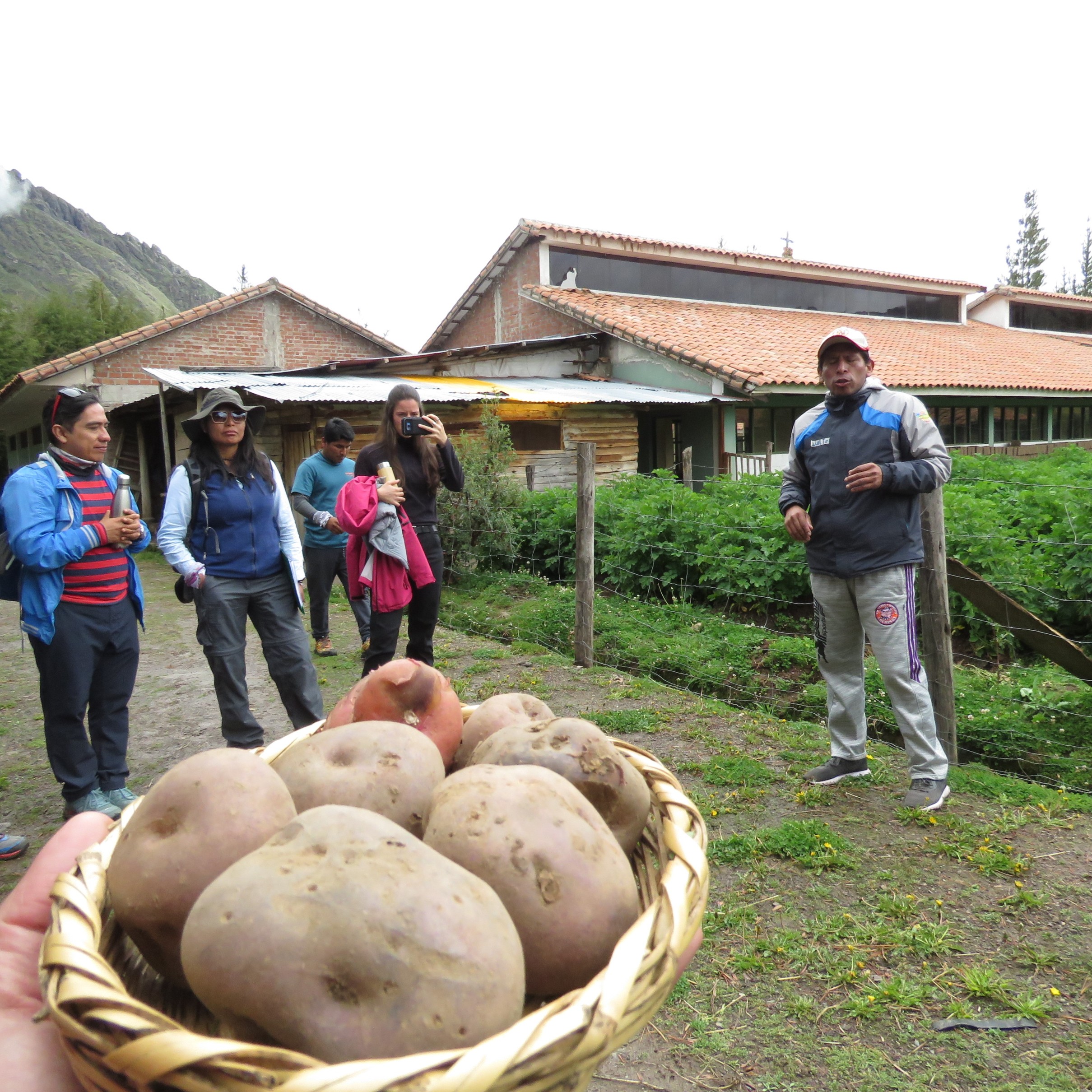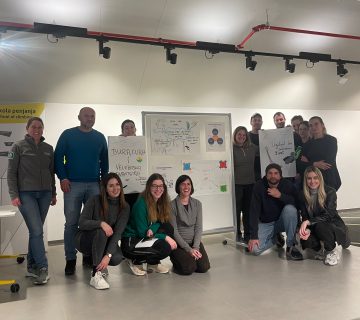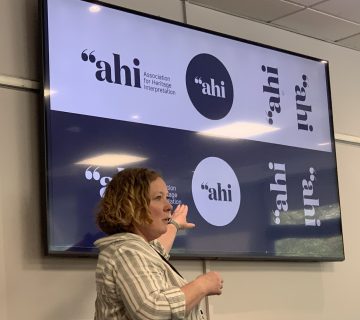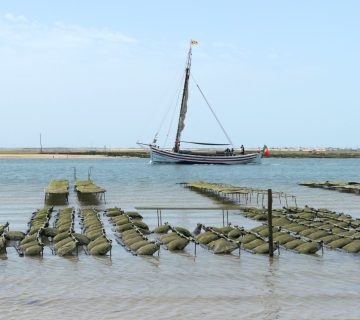Some ideas from my experience of training interpretive guides in diverse natural environments.
I would like to share some of my experience of the last ten years as a trainer, and highlight some aspects that I consider relevant for the successful development and delivery of training courses for interpretive guides.
One aspect that continues to seem decisive to me is knowing who participates in the courses, what background or relationship they have with the subject and their interests in the course, and knowing where they want to apply the knowledge they will learn. These facts allow us to give a clearer context to understand their reflections, opinions and as trainers to be able to deepen our answers in the direction of their interest. A short questionnaire before the start of the course can help us in this sense. Having a basic profile of our participants through direct contact also allows us to create a behavior of fundamental trust between the trainer and the participants, in the same way as it would be between a guide and their customers.
This aspect becomes more relevant in intensive courses —of five or more days—, especially with a residential stay, and even more so when the participants do not know each other: the course turns into an opportunity for a personal process of change.
The knowledge of our participants also allows us to enhance the skills of these students by encouraging them to go beyond their comfortable limits and fearlessly delve deeper into aspects of their interest. And at the same time, knowing your participants better can ensure you create equal opportunities for participation. For example, in a remote area in Colombia it was necessary to create spaces for the children of the female participants —many of whom live alone— to be able to play safely nearby so as to allow the mothers to take part in the course, because they did not have the resources to pay a babysitter.
It is also relevant to know about the place: the local culture, especially of those places that are little known, are more inhospitable or with minority languages. One of the most noteworthy aspects is to understand that the use of intermediate languages is often a source of misunderstandings, the result of ignoring (or not understanding/ incorrectly interpreting) the nuances that comes with each language. We can translate the meaning of the words but often the language does not imply the cultural context. This can occur in many places in the world with the use of a language such as English, or the use of Portuguese or Spanish in Latin America. The nuances of the words allow us to understand their deep conception of the world.
Knowing the local culture allows us to begin to have a wider picture, beyond the literal translation of words. For example, saying in many Latin American countries that we will continue “in a moment” has several interpretations in minutes, because the culture of time is inherent in each place and climate. I have learned not to use the word moment, but to specify the precise minutes in which a task must be carried out.
In this sense, a determining role in many of the places where I have taught is the relevance of giving value to very local aspects, both natural and cultural heritage. Everyday life often makes us lose the reference to the authenticity of what we see, so sometimes the inhabitants of the place take away value from what could be interpreted as something extraordinary by a visitor. Thus, it is important to give relevance to small, unknown or traditional phenomena outside of the spectacle of what the world of tourism often sells. This can also become a source of conflict, if the local public feel that the process of interpretation is discrediting aspects that highlight their simplicity of life, their way of thinking or their origins based in places far away from the admired western world.
In a course I delivered in the Amazon, some of the participating professional guides shied away from acknowledging their status as natives and their identification with their local languages, which are totally minority and unknown to the rest of the planet. For many of them, it was seen as a disadvantage to show that their native language was not known, and they preferred to show that they spoke languages of European origin. However, throughout the course they realised the importance of having a unique, genuine knowledge that gave meaning to their “natural home”, which is the jungle, and that from here visitors could deepen their understanding of their holistic world where everything is interrelated and where culture and nature merge into one. Interpretively, you recognise yourself from the authenticity of the place where you grew up, because it allows you to create depth and connect with the audience in very diverse aspects that are all linked (emotional, cognitive, spiritual, etc.).
Another determining factor that many students emphasise, especially those with more professional experience, is the ability to have a simple —but at the same time very practical— context to use the various tools that are given throughout the course. It is still very common to see that the training given to guides in many countries is still based on the guide’s own story, leaving aside the element of public participation.
Having a knowledge structure of each of the tools and a practical and simple context of the fundamental bases of interpretation, far from any particular school or author, gives personal freedom and a lot of creativity to those who use it.
The structure creates a space for personal growth, instead of a space of imprisonment —as many believe—, in the same way as allowing the information to be the context that gives meaning to the interpretation and not the centre of its performance, which gives space for public participation and the creation of a true dialogue.
In the same way, enhancing the use of imagination beyond conventionalisms allows you to enhance your natural capacity for imagination and create inventiveness on how to involve the public, the material to be taken, or to reconsider many elements of the immediate environment that easily become phenomena with high impact potential. Thus, it is still very common to see that interpretation is understood as what is reported about heritage, more than how our heritage is interpreted.
Sustainability is an important aspect of any course, even more so since Covid left its mark on us. The very broad conception —following the parameters of United Nations— gives wings to its application to many of the participants, where the social and economic aspects are often forgotten by the more official discourse that reaches remote places and that give a more complete visibility to the problems and environmental virtues. It is crucial to consider how sustainability can be brought into every aspect of the course, from the physical aspects of delivery through to the content and discussions that ensue, to maximise instilling these principles in our participants and thereby helping them to inspire more mindful, planet-conscious visitors and travellers after experiencing their guided events.
Finally, I highlight the need to value working on abstract aspects far removed from their cultures, such as themes or messages, because some participants really find these difficult to consider. The tools of interpretation remain the gateway for many guides to an authenticity found at every step.
Enjoy the trip!
Evarist March Sarlat is the director of NaturalWalks based in Barcelona, Spain. He is an experienced IE trainer and has delivered many courses in Europe and South America. He can be contacted at: evarist@naturalwalks.com.
To cite this article: Sarlat March, Evarist (2024) ‘Lessons from South America‘in Interpret Europe Newsletter 2-2024, pg.12-13.
Available online: https://interpret-europe.net/wp-content/uploads/2024/07/PDF-Newsletter-2024_2.pdf




